When English sailors arrived in the White Sea in 1553, they found refuge in a monastery. Remnants of their refuge have been salvaged and rebuilt in an outdoor museum outside of Moscow. To remain in existence from the fifteenth century, monasteries of the White Sea, not unlike monasteries throughout the world, needed protective walls and an armed guard. In the White Sea, the walled monastery of Solovetsky Island has endured.
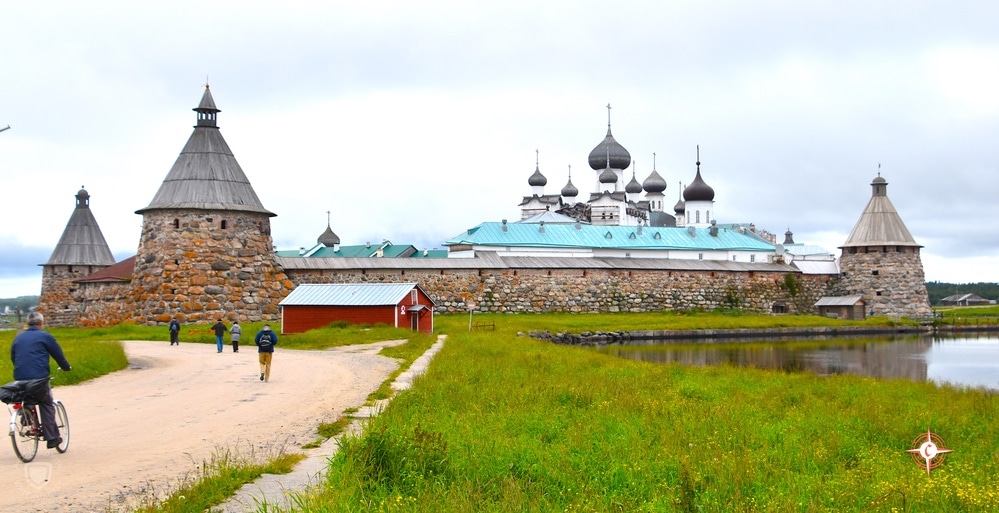
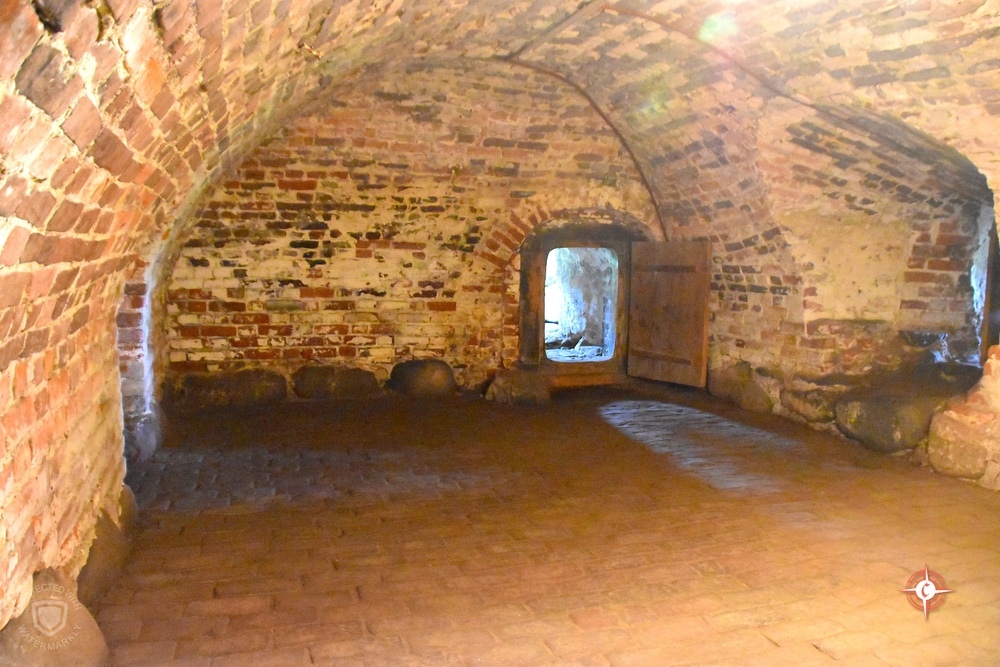
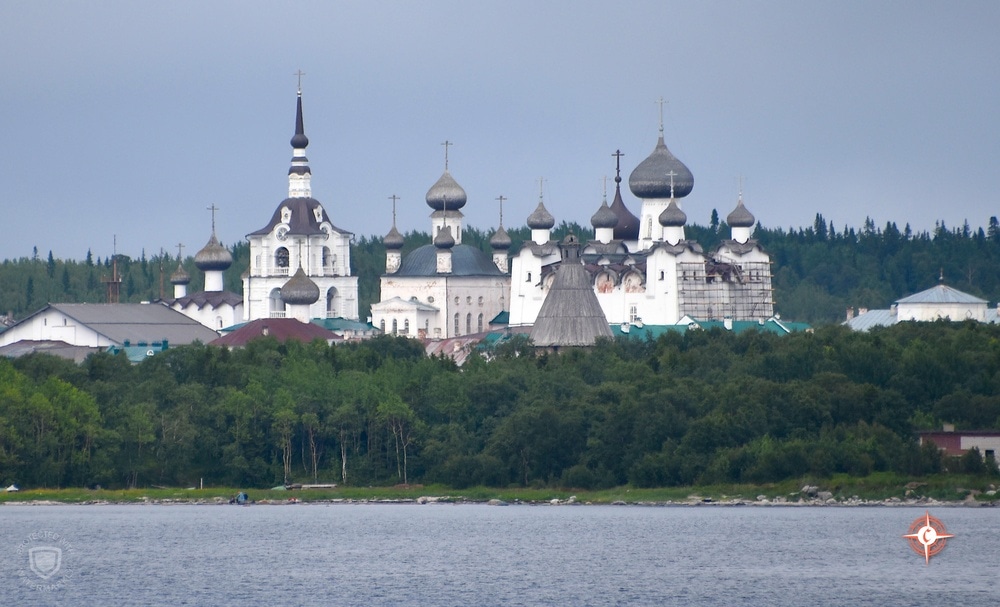
Under extensive and expensive restoration efforts today, the island monasteries tell two stories: that of life in a monastic order in the fifteenth to twentieth century in Russia, until religion was outlawed in 1917, a ban now lifted; and the gulag era of Soviet Premier Stalin’s imprisonment and execution of over a million Russians. There is also a bit of Crimean War history on the island. Trade begun by English adventurers in the White Sea in 1553, was ended in 1853, when Britain fired upon Solovetsky Island. The cannon shot did no damage, illustrated by large black dots painted on walls where cannon balls struck.


Stalin’s use of the Solovetsky Island monasteries for banishment, torture and execution of political prisoners was not novel in Russian history. In the seventeenth century forward, tsars sent prisoners to the monasteries for remote incarceration, torture and work camp internment. Monasteries were self-supporting through production of food and crafts, some of which was sold. Accepting prisoners was additional income.
Today motor craft bring visitors to the pier of Solovetsky Island. Under restoration is an eighteenth-century hotel, with the intent of opening a new hotel on the history-rich island. Couples wishing to conceive under the good luck of the northern lights, need a comfy venue in the cold, dark winter season. The White Sea sits below the Arctic Circle and is ice-free for most of the year. Arriving into the White Sea in the winter requires icebreakers along the Murmansk Oblast, the tongue of land at the entrance to the sea, which is within the Arctic Circle, although somewhat warmed by ocean currents.
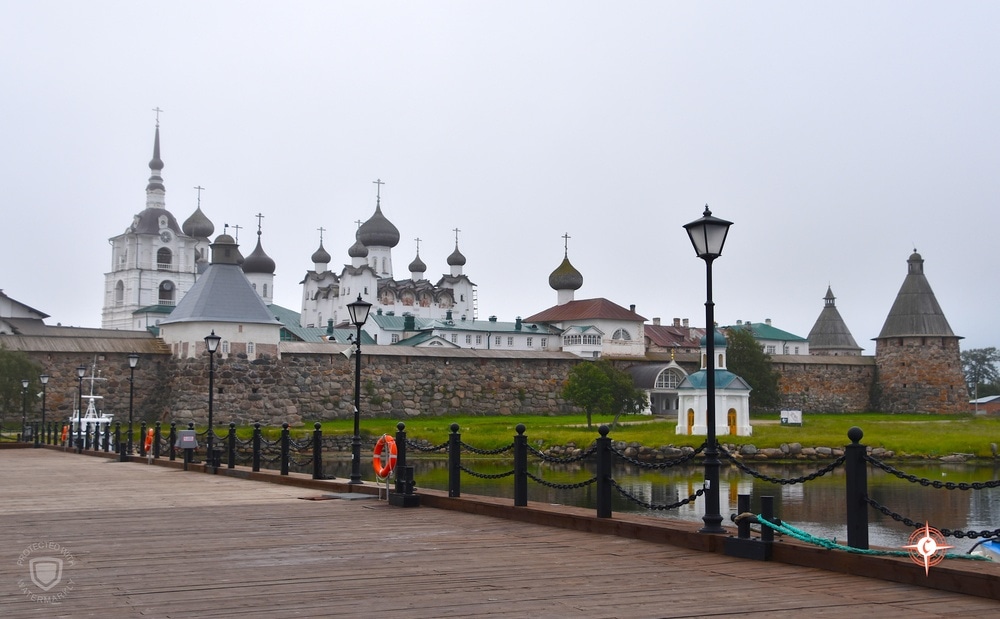
Two main attractions on the island are the walled monastery and the gulag museum. There are few shops today and no restaurants. In high season, mid-July to mid-August, a coffee kiosk operates in the courtyard of the monastery. There are bus tours, on unpaved and challenging roads, to remnants of other monasteries and a botanical garden. If going to the gardens, come armed with bug repellent. The Arctic has its own mosquitoes.
The Orthodox monastery has functioned since the mid-fifteenth century, except during the Soviet era. Today there are several chapels, the oldest, containing original iconography, is above the gatehouse. The largest chapel supports the large onion domes of orthodoxy, seen from first sight of the island. Original heating chambers, ovens, storerooms and prison cells are part of a museum tour. Housing of current monks is off limits. They live in restored room blocks, from the outside showing historic integrity.
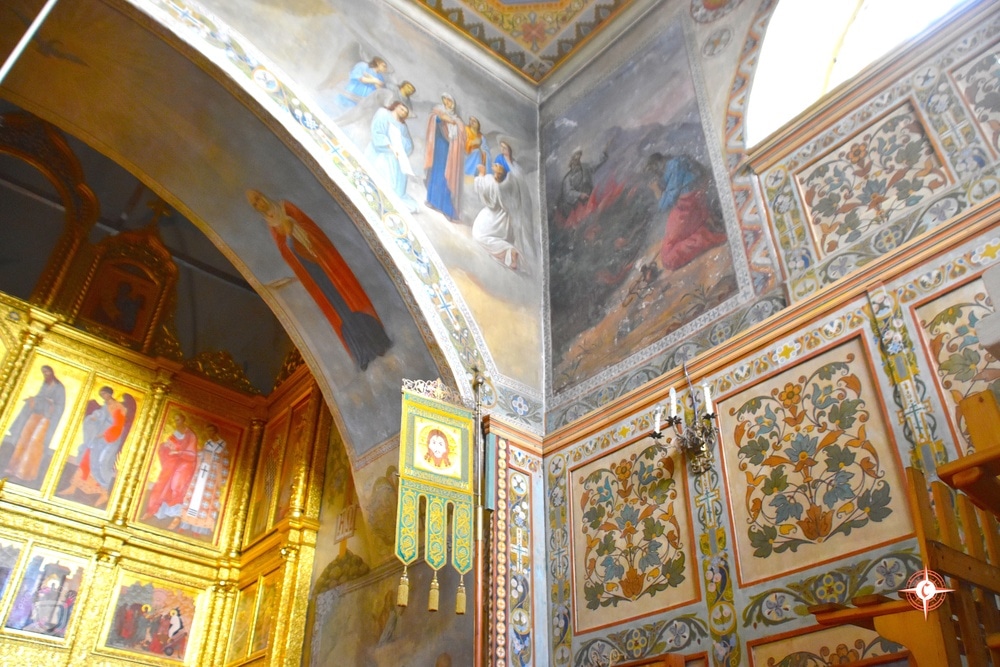
Large boulders form the base of the wall, leaving a chill considering the raw man-power necessary to move the rocks and build the imposing wall. Interior structures are of wood, brick and stone. Life was simple, although elegant, considering the life of peasants supporting the monastery with labor.

The Gulag Museum on Solovetsky Island is housed in a former barracks of wood. The exhibits are all in Russian, although the photos tell a story of deprivation and death. Guides have excellent English and tell stories of survival and death. Mostly death. Elaboration is available in books sold in the quaint shops outside the museum.
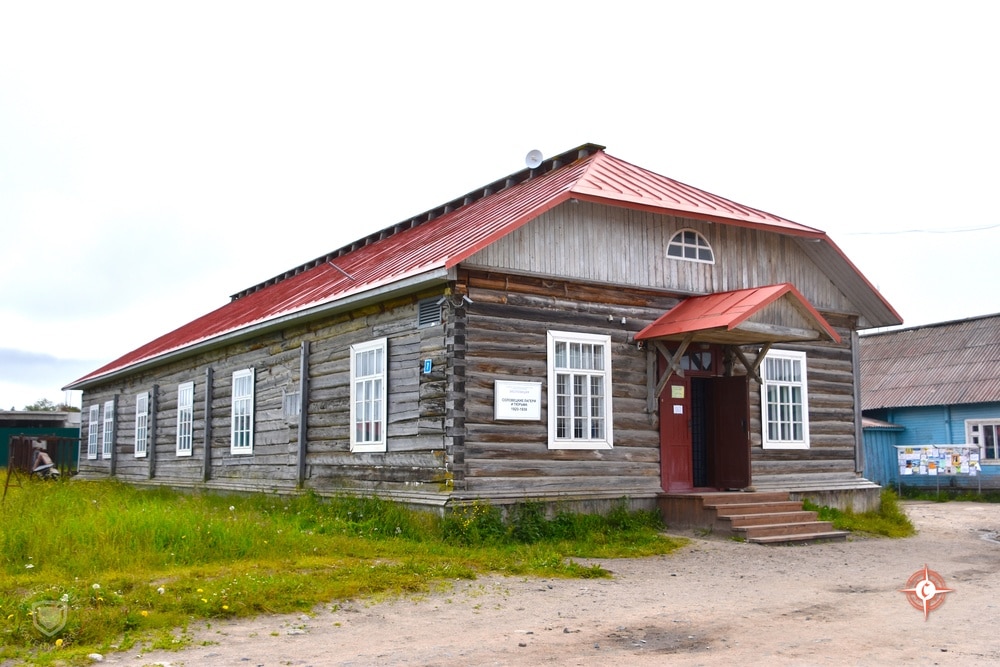
The White Sea port of Archangel and pier at Solovetsky Island are ready for visitors as prime attractions. The season is short. Travel to the White Sea is an educational endeavor. They may never be favored repeat travel destinations. Well-traveled cruisers will want to include the White Sea in their memories.
White Sea stories are included in Cruise through History, Itinerary XII, forthcoming.
If you want to learn more about Sherry Hutt’s adventures check out one of her books on Amazon.com







